Mastering DevOps: Essential Networking Commands You Need to Know
 Sanchit Pandit
Sanchit Pandit
ping - check the reachability of a host on an Internet Protocol (IP) network.

netstat - To display active network connections, routing tables, interface statistics, masquerade connections, and multicast memberships.

ifconfig - To display the configuration of network interfaces.
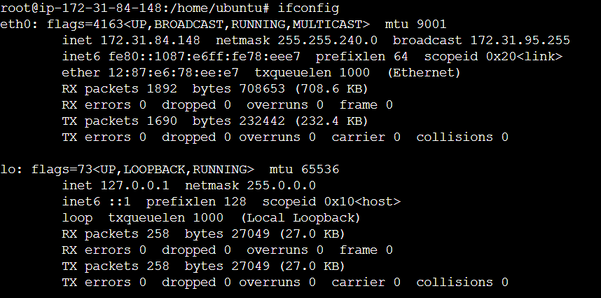
traceroute - To display the route and measure transitdelays of packets across an Internet Protocol network.
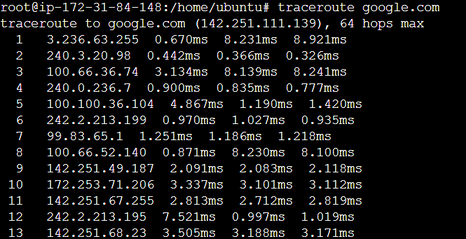
mtr - The mtr command is typically used to combine the functionalities of the ping and traceroute commands.

telnet - The telnet command can be used in one line toestablish a connection to a specific host and port.

iwconfig - The iwconfig command is typically used to configure wireless network interfaces on Linux systems.

dig - To query DNS name servers for information about host adresses, mail exchanges, name servers and related information.
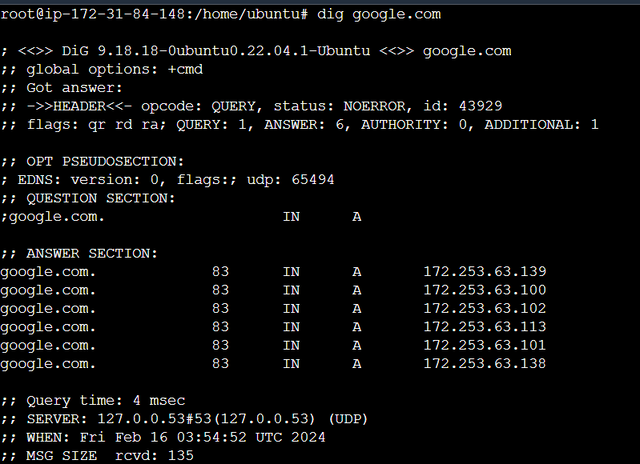
whois - The whois command is used to retrieve information about registered domain names, IP addresses, and autonomous system numbers.
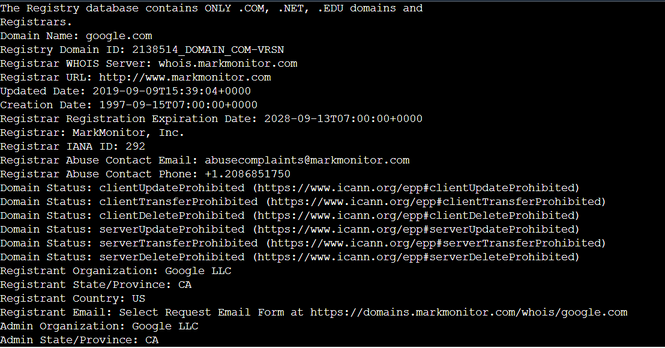
wget - The wget command is used for downloading files from the internet.

route - The route command is used to view and manipulate the IP routing table in a Unix-like operating system. Here's an example of using the route command in one line to display the routing table:

curl - The curl command is used to transfer data to or from a server, typically using HTTP or HTTPS protocols.
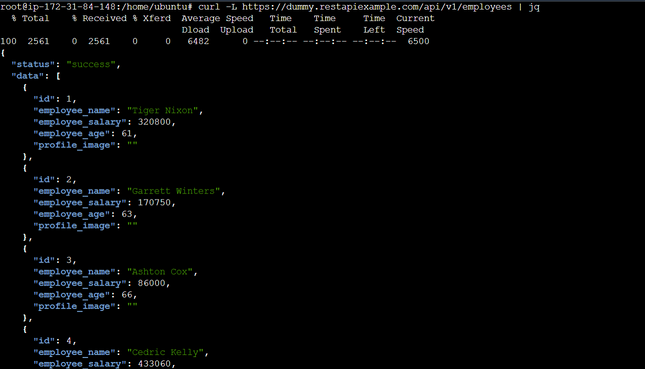
nmap - The nmap is a powerful network scanning tool used for discovering hosts and services on a computer network.

Subscribe to my newsletter
Read articles from Sanchit Pandit directly inside your inbox. Subscribe to the newsletter, and don't miss out.
Written by

Sanchit Pandit
Sanchit Pandit
As a seasoned system administrator with a passion for technology and problem-solving, I bring 6 Years of hands-on experience in managing and maintaining IT infrastructure. My journey in the field began with a deep curiosity for computers and systems, which has evolved into a fulfilling career dedicated to ensuring the smooth operation of critical business systems.